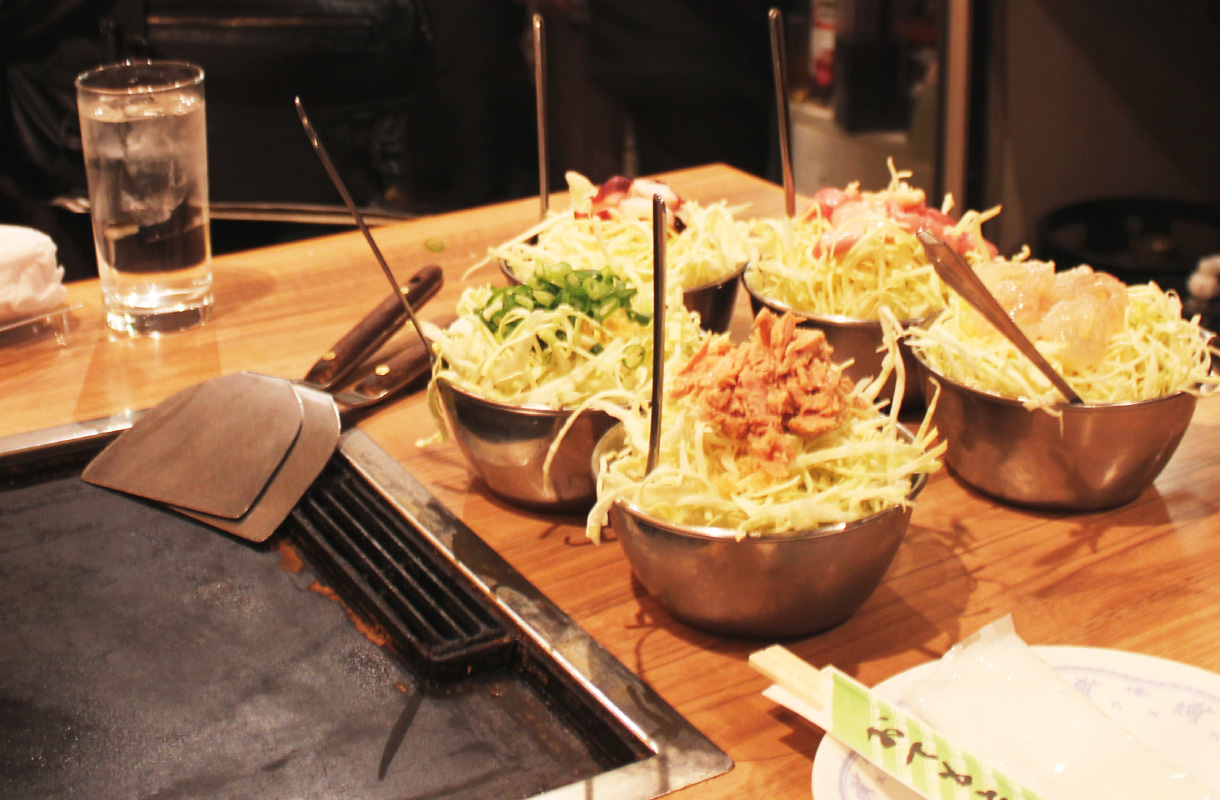Japanilainen Ruoka Ingredients You Should Know About

Strong 8k brings an ultra-HD IPTV experience to your living room and your pocket.
Introduction to Japanilainen Ruoka
Japanese food, known as Japanilainen ruoka in Finnish, is much more than just sushi and ramen. It's a deep reflection of Japanese culture, history, and values. It showcases minimalism, balance, seasonal ingredients, and attention to detail. From fine-dining Kaiseki meals to bustling street food stalls, Japanese cuisine has something for every palate.
Japanilainen ruoka is highly regarded for its health benefits and aesthetic appeal. Its popularity has surged across the globe, not just because of its flavors but also due to its philosophy: respect for ingredients, harmony in meals, and a deep connection to nature. Understanding the ingredients behind this culinary art offers a doorway into appreciating Japan more profoundly—especially if you're a traveler, foodie, or culture enthusiast.
The Philosophy Behind Japanese Cooking
Japanese cuisine is built on the principle of "Washoku" — meaning harmony of food. This principle was designated a UNESCO Intangible Cultural Heritage in 2013. It emphasizes:
Seasonality (Shun): Only using ingredients at their seasonal peak.
Balance: Every meal often includes five colors (black, white, red, yellow, green) and five tastes (sweet, sour, salty, bitter, umami).
Presentation: Dishes should look as good as they taste.
Simplicity: Ingredients should be minimally processed to preserve their natural flavor.
Meals often follow the traditional “ichiju-sansai” structure — one soup, three side dishes, and rice.
Popular Japanese Condiments & Seasonings
Some key condiments include:
Soy Sauce (Shoyu): Salty, deep, and foundational to Japanese cooking.
Miso: Comes in red, white, and mixed varieties, each adding unique depth.
Mirin: Adds a subtle sweetness and sheen to sauces and marinades.
Rice Vinegar: Used in sushi rice and dressings.
Ponzu: Citrus-based soy sauce, perfect for hot pots and salads.
Wasabi & Karashi: Sharp and spicy, often paired with sushi and meats.
Staple Japanese Rice Varieties
Koshihikari: A premium, short-grain rice known for its stickiness and sweetness.
Sasanishiki: Less sticky, great for curry and donburi bowls.
Mochigome (Glutinous Rice): Used in making mochi and sweet rice dishes.
Genmai (Brown Rice): Nutritious and chewy, increasingly popular.
Fermented Foods in Japanese Cuisine
Natto: Fermented soybeans with a strong smell and taste, high in protein and probiotics.
Miso: Used in soups and sauces, rich in umami.
Tsukemono (Pickles): Preserved vegetables, often served as side dishes.
Vegetables & Seaweeds in Japanilainen Ruoka
Daikon: Japanese white radish, used grated or in soups.
Negi: Japanese green onion, milder than Western types.
Shiso: Aromatic herb with a unique flavor.
Kombu: Kelp used in making dashi.
Nori: Dried seaweed used for sushi rolls.
Protein Sources in Japanese Cooking
Fish: Central to Japanese cuisine, often served raw (sashimi), grilled, or simmered.
Tofu: Versatile and protein-rich, a staple for vegetarians.
Eggs: Used in dishes like tamagoyaki (Japanese omelette) and ramen.
Chicken & Pork: Often served as katsu (cutlet) or yakitori (grilled skewers).
Traditional Japanese Sauces
Ponzu: Citrusy, tangy sauce.
Tare: Sweet-savory glaze for grilled meats.
Yakitori Sauce: Soy-based sauce used for skewered chicken.
Tonkatsu Sauce: Similar to Worcestershire, thicker and sweeter.
FAQs
1. What is the most important ingredient in Japanese cooking?
Dashi — it forms the base of countless soups and sauces.
2. Can I substitute regular rice for Japanese rice?
Short-grain Japanese rice is preferred for texture. Regular rice may be too dry.
3. Is miso soup always vegetarian?
Not always. Many miso soups use dashi made from fish.
4. What’s the difference between white and red miso?
White miso is sweeter and milder; red miso is saltier and aged longer.
5. Are Japanese ingredients gluten-free?
Not all. Soy sauce often contains wheat. Look for "tamari" as a gluten-free alternative.
6. Where can I buy Japanilainen ruoka ingredients?
Asian supermarkets or online shops like Amazon, Japan Centre, or Asian Food Grocer.
Conclusion
Understanding Japanilainen ruoka begins with understanding its ingredients. These components form the essence of Japanese culinary art—from the umami-rich dashi to the versatile miso and the humble rice bowl. As you explore and experiment with these flavors, you don’t just taste the food; you taste centuries of tradition, philosophy, and Japanese culture.
Ready to get started? Stock your pantry with these ingredients and begin your delicious journey into Japanilainen ruoka!
Note: IndiBlogHub features both user-submitted and editorial content. We do not verify third-party contributions. Read our Disclaimer and Privacy Policyfor details.







